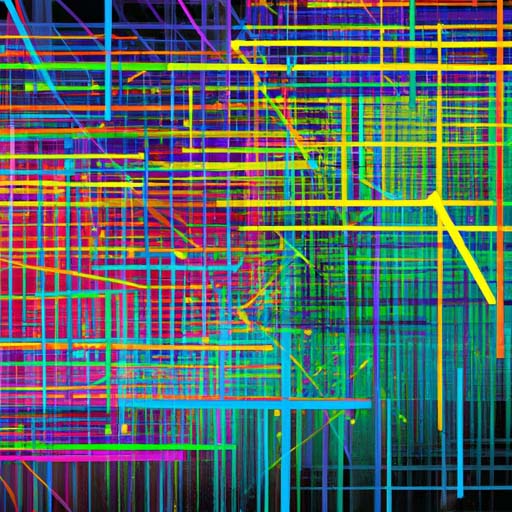As technology continues to advance at an exponential pace, the environmental impact of the tech industry has become a growing concern. From the production of electronic devices to the energy required to power data centers, every aspect of the modern digital world has an ecological footprint. In this article, we will explore the environmental consequences of coding, shedding light on the hidden costs behind the convenience and innovation that technology provides.
The Energy Consumption of Data Centers
One of the primary environmental concerns associated with coding is the energy consumption of data centers. These massive facilities house countless servers that store and process data for various online services and platforms. Data centers require vast amounts of energy to operate and maintain optimal temperatures for their equipment.
It is estimated that data centers globally consume about 1% of the world’s electricity, and this number is only expected to grow as our reliance on digital infrastructure increases. The carbon footprint of data centers is substantial, with emissions from energy usage contributing to global warming and climate change.
E-Waste and Recycling Challenges
Another significant environmental impact of coding lies in the production and disposal of electronic devices. With the constant demand for new and improved technology, the rapid turnover of devices leads to an excess of electronic waste, commonly known as e-waste.
Many electronic devices contain hazardous materials, including lead, mercury, and cadmium, which can pollute soil and water if not properly disposed of. Unfortunately, e-waste recycling rates remain low, and improper disposal continues to be a global issue. Responsible recycling and proper disposal practices are crucial to minimize the environmental impact of fast-paced technological advancements.
Carbon Footprint of Software Development
While hardware components like data centers and electronic devices contribute to the environmental impact of coding, software development also plays a role in carbon emissions. The process of developing, testing, and deploying software requires the use of energy-intensive servers and vast amounts of computing power.
Moreover, the rise of cloud computing, which enables flexible and scalable software solutions, has led to an increased demand for data centers and subsequently higher energy consumption. Balancing the convenience and efficiency of software with the need to reduce energy consumption and carbon emissions remains an ongoing challenge for the tech industry.
Sustainable Solutions and Future Possibilities
Amid concerns about the environmental impact of coding, the tech industry has started taking steps towards sustainability. Renewable energy sources, such as solar and wind power, are being integrated into data center operations to reduce reliance on fossil fuel-based electricity. Additionally, initiatives for e-waste recycling and responsible disposal are gaining traction.
Furthermore, there is a growing focus on writing efficient code that optimizes energy usage, minimizing the carbon footprint of software development. By improving algorithms and implementing energy-saving techniques, developers can contribute to a more sustainable tech industry.
In conclusion, the ecological footprint of the tech industry is undeniable, with coding playing a significant role in the environmental impact. From energy consumption in data centers to the challenges of e-waste disposal, the tech world must grapple with the consequences of its rapid growth. However, by embracing sustainable practices and prioritizing energy efficiency, the industry can strive towards a more environmentally friendly future.
